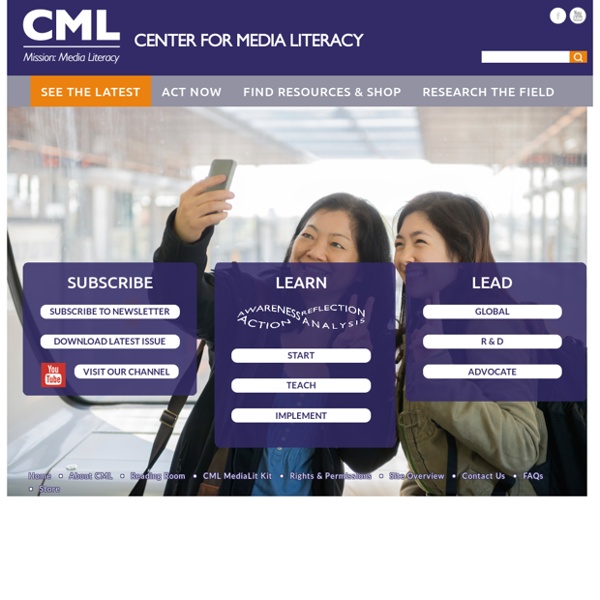Special Report: The Changing Face of Literacy
There has never been a generation of young people more immersed in digital media than this one, many of whom learned to use a mobile device before they even started school. This special report examines how literacy instruction is changing in the digital age, from learning to sound out words in elementary school to grappling with “Macbeth” in high school. It finds that, while experts quibble over what it means to be digitally literate, they agree on one thing: even the youngest children should be learning literacy with a mix of print and digital texts. Is the digital revolution transforming literacy instruction in the nation’s schools?
Can You Tell Fake News From Real? Study Finds Students Have 'Dismaying' Inability
Stanford researchers assessed students from middle school to college and found they struggled to distinguish ads from articles, neutral sources from biased ones and fake accounts from real ones. Gary Waters/Ikon Images/Getty Images hide caption toggle caption Gary Waters/Ikon Images/Getty Images Stanford researchers assessed students from middle school to college and found they struggled to distinguish ads from articles, neutral sources from biased ones and fake accounts from real ones.
Division Media et Société de l'Information Conseil de l'Europe - Accueil
The Internet Literacy Handbook Third edition Original version compiled by Janice Richardson (editor),
Truth, truthiness, triangulation: A news literacy toolkit for a “post-truth” world
We were guaranteed a free press, We were not guaranteed a neutral or a true press. We can celebrate the journalistic freedom to publish without interference from the state. We can also celebrate our freedom to share multiple stories through multiple lenses. But it has always been up to the reader or viewer to make the reliability and credibility decisions.
UM Library Fake News Course
The slides for the LOEX 2018 session entitled Fake News, Lies, and a For-credit Class: Lessons Learned from Teaching a 7-Week Fake News Undergraduate Library Course can be seen on the right. An open Canvas version of the course is available as well. Look for a Canvas version of the course in the Commons if you are a Canvas campus.
This is Why Media Literacy Matters in a Transforming World
Media literacy has become a more important consideration in our children’s futures than ever. It behooves educators to be familiar with media’s role in our changing world. Media is here to stay as a main component of how society shares information across a vast population quickly.
UNESCO - Media and Information Literacy
People across the world are witnessing a dramatic increase in access to information and communication. While some people are starved for information, others are flooded with print, broadcast and digital content. Media and Information Literacy (MIL) provides answers to the questions that we all ask ourselves at some point. How can we access, search, critically assess, use and contribute content wisely, both online and offline?
Northstar Digital Literacy
This page includes a variety of publicly available learning resources for the Northstar standards. These resources are not created by Northstar, but have been selected by our staff. We also provide comprehensive classroom curricula for each assessment, which have been created by Northstar - these curricula are available only through Northstar testing locations. Learn more about becoming a testing location. In the resources below, note that links to a text resource,
School Library Journal
Laura Gardner, 2016 SLJ School Librarian of the Year finalist, updates her lesson plans for the era of fake news. Last week, a new study from Stanford University revealed that many students are inept at discerning fact from opinion when reading articles online. The report, combined with the spike in fake and misleading news during the 2016 election, has school librarians, including me, rethinking how we teach evaluation of online sources to our students. How can we educate our students to evaluate the information they find online when so many adults are sharing inaccurate articles on social media? While social media isn’t the only reason for the surge in fake news over the last 10 years, it’s certainly making it harder for information consumers of every age to sort through fact and fiction.
Teaching Global Digital Citizenship? Use These 10 Essential Questions
Teaching Global Digital Citizenship is all about asking the right questions. Today kids are building the foundations of a digital culture. They are contributors, creators, communicators, and designers.



